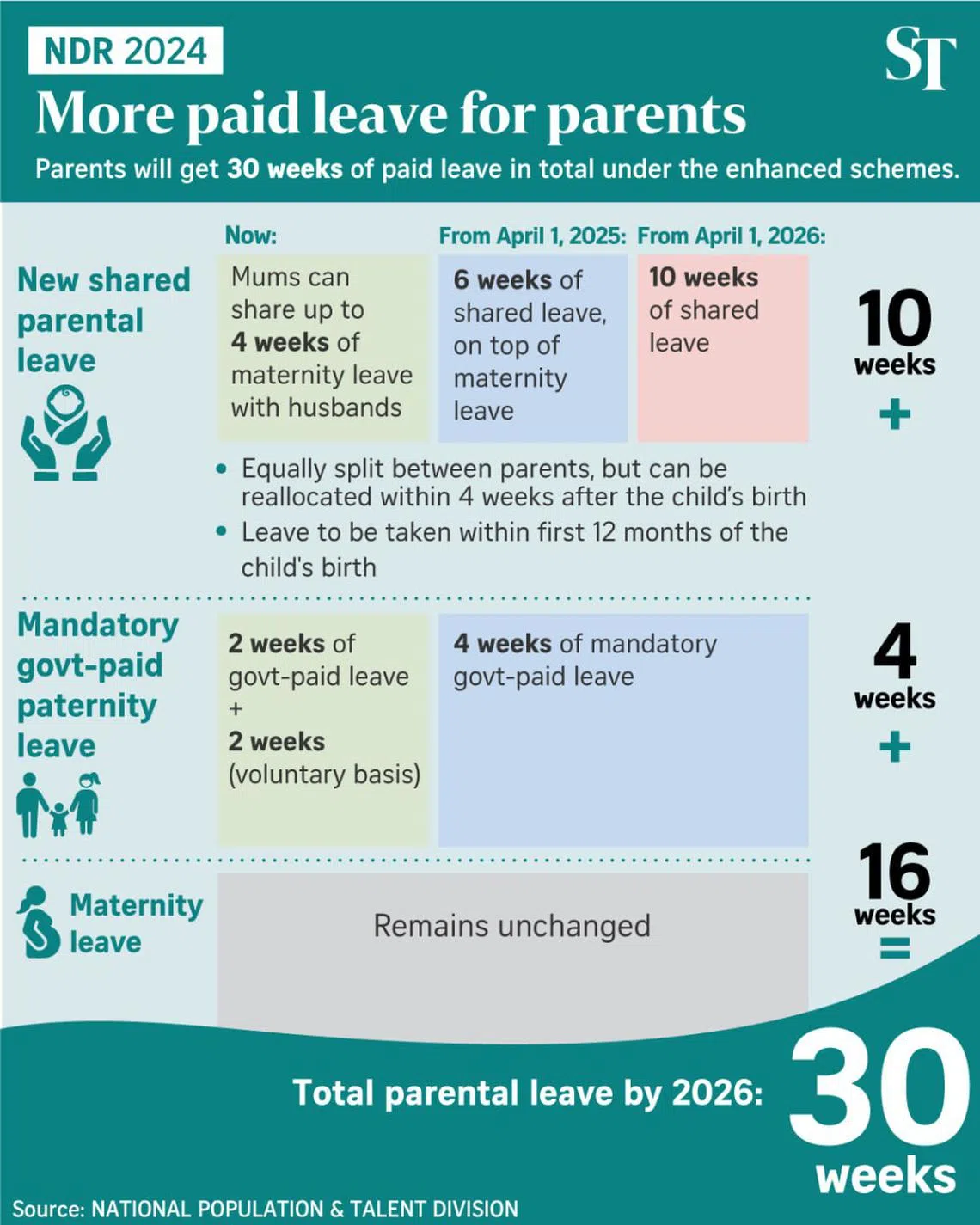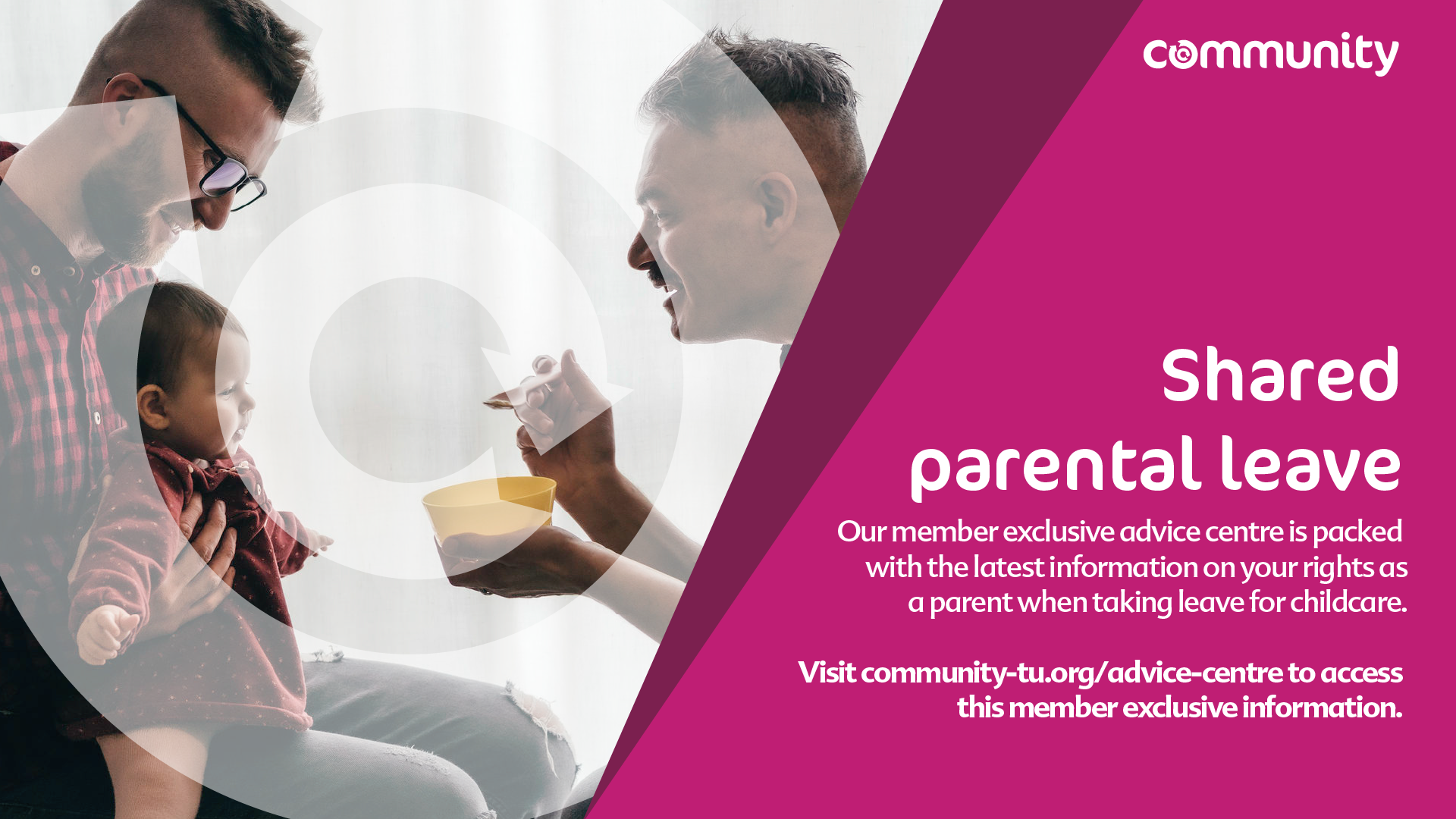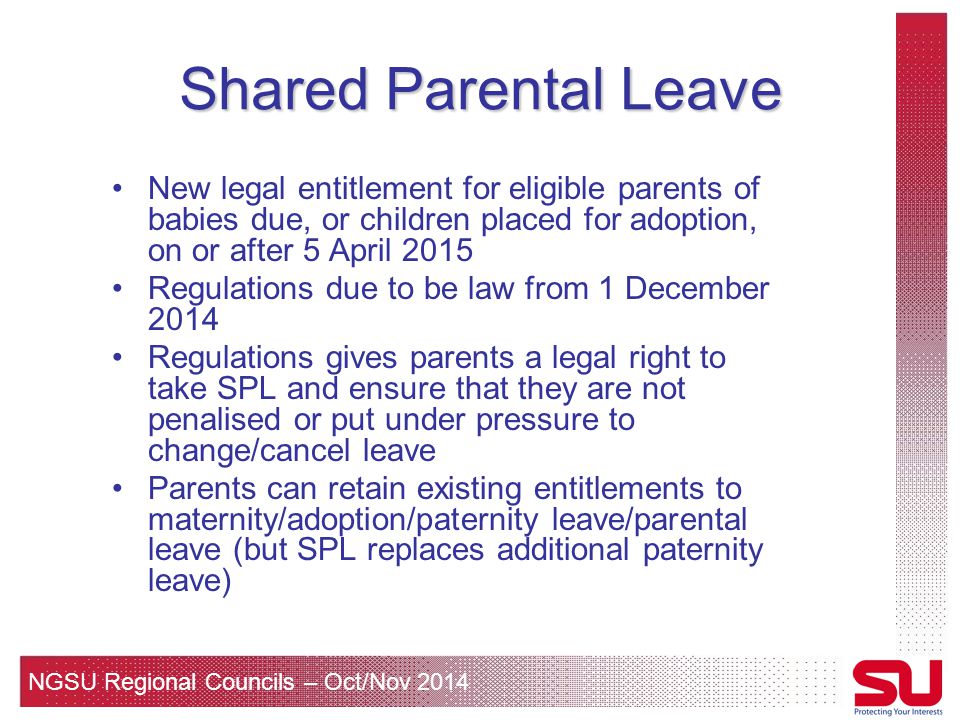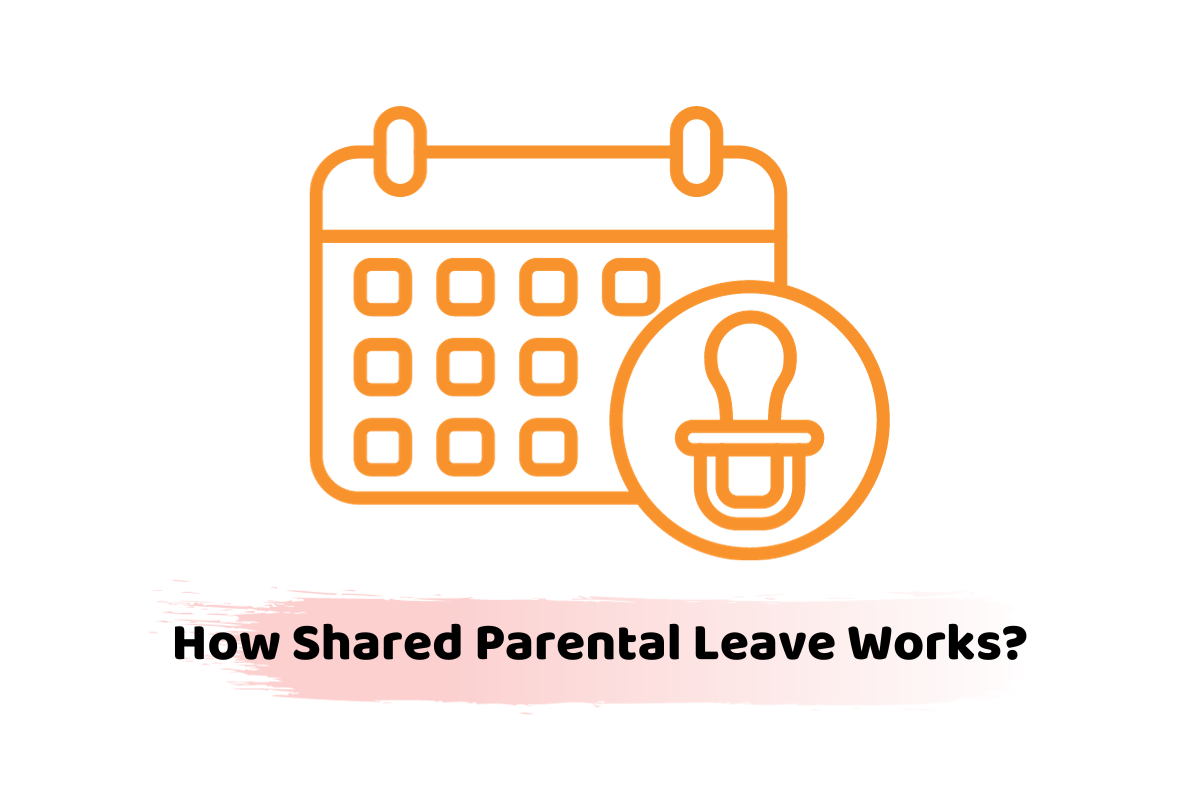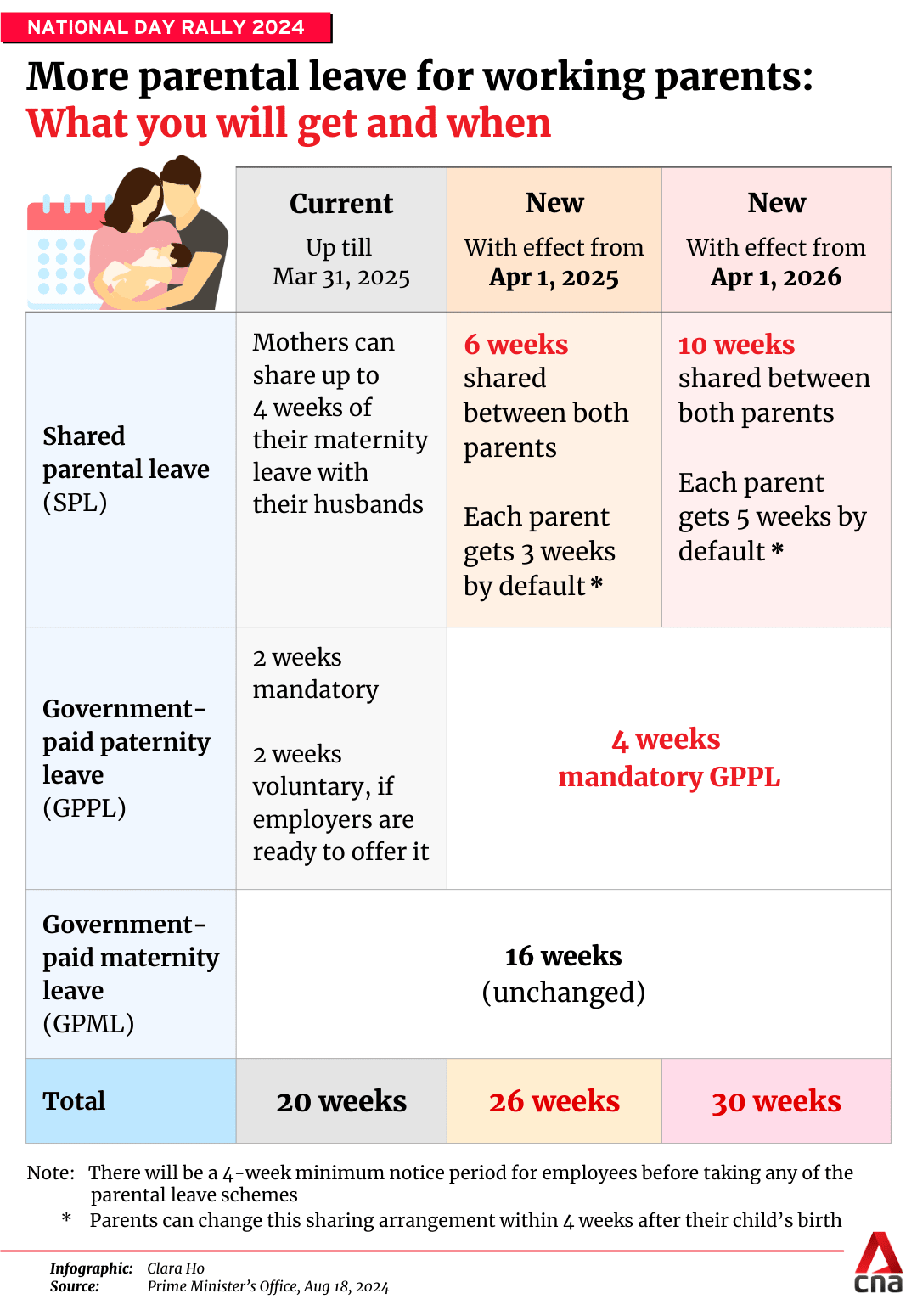Shared Parental Leave 2014 - These regulations introduce a new entitlement for employees who are mothers, fathers, adopters, or prospective adopters, or the partners of. Shared parental leave (spl) is a new entitlement coming into force from 1 december 2014 for eligible parents of children due to be born or. These regulations may be cited as the shared parental leave and paternity and adoption leave (adoptions from overseas) regulations 2014. It sets out the proposal for new statutory rights to shared parental leave and pay for employees with a partner who is working, or has recently been. The provisions on shared parental leave came into effect on 1st december 2014 and apply to children born on or after 5th april 2015. Shared parental leave (spl) aims to introduce more flexible, more equal arrangements that will enable mothers to share up to 50 weeks'. You can start shared parental leave (spl) and statutory shared parental pay (shpp) if you're eligible and you or your partner ends your.
These regulations introduce a new entitlement for employees who are mothers, fathers, adopters, or prospective adopters, or the partners of. The provisions on shared parental leave came into effect on 1st december 2014 and apply to children born on or after 5th april 2015. It sets out the proposal for new statutory rights to shared parental leave and pay for employees with a partner who is working, or has recently been. You can start shared parental leave (spl) and statutory shared parental pay (shpp) if you're eligible and you or your partner ends your. Shared parental leave (spl) is a new entitlement coming into force from 1 december 2014 for eligible parents of children due to be born or. Shared parental leave (spl) aims to introduce more flexible, more equal arrangements that will enable mothers to share up to 50 weeks'. These regulations may be cited as the shared parental leave and paternity and adoption leave (adoptions from overseas) regulations 2014.
It sets out the proposal for new statutory rights to shared parental leave and pay for employees with a partner who is working, or has recently been. These regulations may be cited as the shared parental leave and paternity and adoption leave (adoptions from overseas) regulations 2014. The provisions on shared parental leave came into effect on 1st december 2014 and apply to children born on or after 5th april 2015. Shared parental leave (spl) aims to introduce more flexible, more equal arrangements that will enable mothers to share up to 50 weeks'. Shared parental leave (spl) is a new entitlement coming into force from 1 december 2014 for eligible parents of children due to be born or. These regulations introduce a new entitlement for employees who are mothers, fathers, adopters, or prospective adopters, or the partners of. You can start shared parental leave (spl) and statutory shared parental pay (shpp) if you're eligible and you or your partner ends your.
Shared Parental Leave What You Need To Know
It sets out the proposal for new statutory rights to shared parental leave and pay for employees with a partner who is working, or has recently been. These regulations introduce a new entitlement for employees who are mothers, fathers, adopters, or prospective adopters, or the partners of. Shared parental leave (spl) is a new entitlement coming into force from 1.
Guide to Shared Parental Leave (SPL) Retained HR and Employment Law
These regulations may be cited as the shared parental leave and paternity and adoption leave (adoptions from overseas) regulations 2014. Shared parental leave (spl) is a new entitlement coming into force from 1 december 2014 for eligible parents of children due to be born or. These regulations introduce a new entitlement for employees who are mothers, fathers, adopters, or prospective.
askST How can couples split up the 10 extra weeks of shared parental
These regulations introduce a new entitlement for employees who are mothers, fathers, adopters, or prospective adopters, or the partners of. Shared parental leave (spl) is a new entitlement coming into force from 1 december 2014 for eligible parents of children due to be born or. Shared parental leave (spl) aims to introduce more flexible, more equal arrangements that will enable.
Ensuring Compliance with the UK's Shared Parental Leave Regulations
These regulations introduce a new entitlement for employees who are mothers, fathers, adopters, or prospective adopters, or the partners of. You can start shared parental leave (spl) and statutory shared parental pay (shpp) if you're eligible and you or your partner ends your. Shared parental leave (spl) is a new entitlement coming into force from 1 december 2014 for eligible.
Shared Parental Leave Community Trade Union
These regulations may be cited as the shared parental leave and paternity and adoption leave (adoptions from overseas) regulations 2014. It sets out the proposal for new statutory rights to shared parental leave and pay for employees with a partner who is working, or has recently been. These regulations introduce a new entitlement for employees who are mothers, fathers, adopters,.
Shared Parental Leave — Danton HR
Shared parental leave (spl) is a new entitlement coming into force from 1 december 2014 for eligible parents of children due to be born or. You can start shared parental leave (spl) and statutory shared parental pay (shpp) if you're eligible and you or your partner ends your. It sets out the proposal for new statutory rights to shared parental.
NGSU Regional Councils Oct/Nov 2014 Shared Parental Leave Nationwide
The provisions on shared parental leave came into effect on 1st december 2014 and apply to children born on or after 5th april 2015. These regulations introduce a new entitlement for employees who are mothers, fathers, adopters, or prospective adopters, or the partners of. These regulations may be cited as the shared parental leave and paternity and adoption leave (adoptions.
How Shared Parental Leave Works in the UK? Accotax
It sets out the proposal for new statutory rights to shared parental leave and pay for employees with a partner who is working, or has recently been. These regulations may be cited as the shared parental leave and paternity and adoption leave (adoptions from overseas) regulations 2014. You can start shared parental leave (spl) and statutory shared parental pay (shpp).
Law passed to increase shared parental leave and mandatory paternity
These regulations introduce a new entitlement for employees who are mothers, fathers, adopters, or prospective adopters, or the partners of. These regulations may be cited as the shared parental leave and paternity and adoption leave (adoptions from overseas) regulations 2014. It sets out the proposal for new statutory rights to shared parental leave and pay for employees with a partner.
Shared Parental Leave EML
Shared parental leave (spl) is a new entitlement coming into force from 1 december 2014 for eligible parents of children due to be born or. These regulations introduce a new entitlement for employees who are mothers, fathers, adopters, or prospective adopters, or the partners of. These regulations may be cited as the shared parental leave and paternity and adoption leave.
Shared Parental Leave (Spl) Aims To Introduce More Flexible, More Equal Arrangements That Will Enable Mothers To Share Up To 50 Weeks'.
You can start shared parental leave (spl) and statutory shared parental pay (shpp) if you're eligible and you or your partner ends your. These regulations introduce a new entitlement for employees who are mothers, fathers, adopters, or prospective adopters, or the partners of. The provisions on shared parental leave came into effect on 1st december 2014 and apply to children born on or after 5th april 2015. Shared parental leave (spl) is a new entitlement coming into force from 1 december 2014 for eligible parents of children due to be born or.
It Sets Out The Proposal For New Statutory Rights To Shared Parental Leave And Pay For Employees With A Partner Who Is Working, Or Has Recently Been.
These regulations may be cited as the shared parental leave and paternity and adoption leave (adoptions from overseas) regulations 2014.


